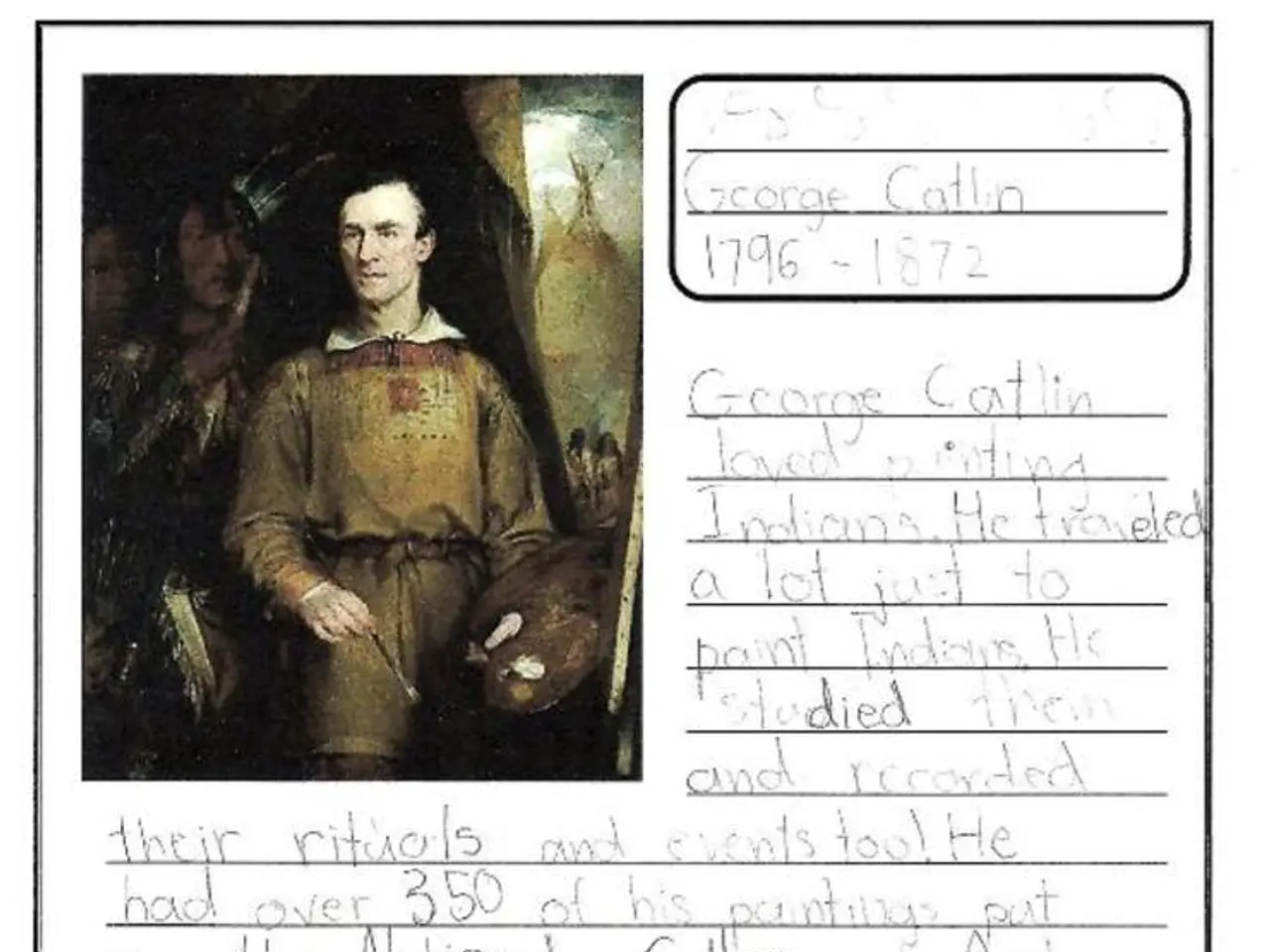Human evolution reconsidered: Recent findings challenge traditional beliefs about human ancestry and family history
In the intricate tapestry of human evolution, early modern humans have left an indelible mark by interbreeding with several hominin species, most notably Neanderthals and Denisovans. This genetic intermingling has significantly influenced the genetic makeup of modern humans, contributing to their adaptability and resilience in diverse environments.
Hominin Species Involved in Interbreeding
The interbreeding between our ancestors and these hominin species has been a key factor in shaping the genetic landscape of modern humans.
Neanderthals
Neanderthals, a species that once inhabited Europe and Asia, interbred with early modern humans. This interbreeding resulted in Neanderthal DNA being present in the genomes of modern humans outside Africa. The encounters likely occurred when early humans migrated into regions inhabited by Neanderthals. Neanderthal genes have been linked to traits like skin pigmentation and resistance to certain pathogens.
Denisovans
Denisovans, a previously unknown group discovered in Siberia, also interbred with early modern humans. Their DNA is found in modern humans across Asia and Australia. Denisovans passed genes that helped with high-altitude adaptation and possibly others that aided in survival in various environments.
Impact on Modern Humans
The genetic mingling with these hominin species has had profound effects on modern humans.
Adaptation and Survival
Interbreeding introduced beneficial genes that enhanced adaptability. For example, Tibetans possess a gene variant for high-altitude living inherited from Denisovans, while Neanderthal genes have helped in adapting to diverse climates.
Genetic Diversity
This genetic diversity has allowed humans to be more resilient and successful as a species. The variety of traits and genes acquired through interbreeding has provided a broader range of adaptations, making humans more adaptable to different ecological conditions.
Ghost Populations
Recent research also suggests that other, less well-known "ghost populations" of extinct hominins may have contributed to modern human genomes, further enriching our genetic diversity and influencing traits like brain connectivity.
This complex interbreeding history paints a picture of human evolution as a highly interconnected and dynamic process, rather than a straightforward linear progression from one common ancestor.
As we continue to unravel the mysteries of our past, new techniques such as paleoproteomics could shed light on our African origin as a species and potentially reveal surprises, such as H. erectus being the superarchaic population that interbred with our ancestors.
It's clear that a whole lot of mixing made us human, and the Homo lineage may have first evolved in Africa but had a lot of complexity once it left Africa. The first Neanderthal genome was sequenced in 2010, revealing that H. sapiens and Neanderthals regularly had sex and that this led to the discovery of the Denisovans, a previously unknown population.
The importance of modern genetic diversity can be illustrated with human leukocyte antigen (HLA) genes, which are critical to the human immune system's ability to recognize pathogens. Humans today have a dizzying array of these genes, especially in eastern Asia.
However, when genetic diversity is lost through population isolation and decline, groups may become particularly susceptible to new infections or unable to adapt to new ecological circumstances. For instance, one theory holds that Neanderthal populations declined and eventually went extinct around 40,000 years ago because they lacked genetic diversity due to inbreeding and isolation.
In conclusion, the interbreeding between early modern humans and other hominin species has played a crucial role in shaping the genetic makeup of modern humans. This complex history paints a picture of human evolution as a highly interconnected and dynamic process, rather than a straightforward linear progression from one common ancestor.
- The genetic intermingling with hominin species like Neanderthals and Denisovans has introduced beneficial genes that have enhanced human adaptability, such as the gene for high-altitude living in Tibetans from Denisovans, and the genes for diverse climate adaptations from Neanderthals.
- The interbreeding history between early modern humans and other hominin species has resulted in a high degree of genetic diversity, making humans not only more resilient but also more adaptable to various ecological conditions.
- Beyond Neanderthals and Denisovans, other unknown "ghost populations" of extinct hominins might have also contributed to modern human genomes, further enriching our genetic diversity and influencing traits like brain connectivity.




